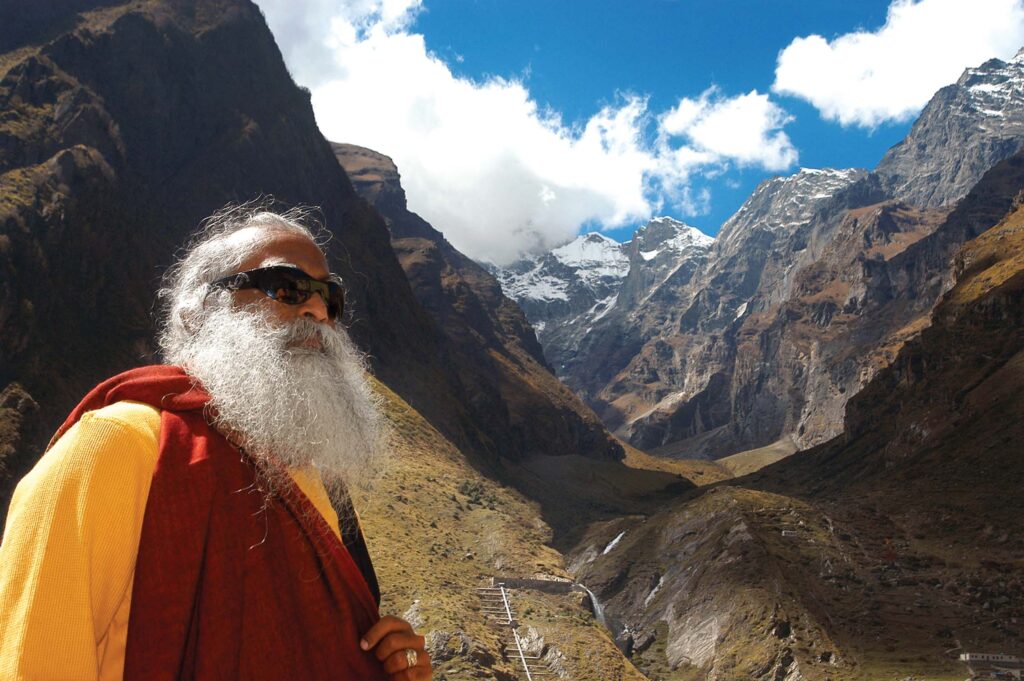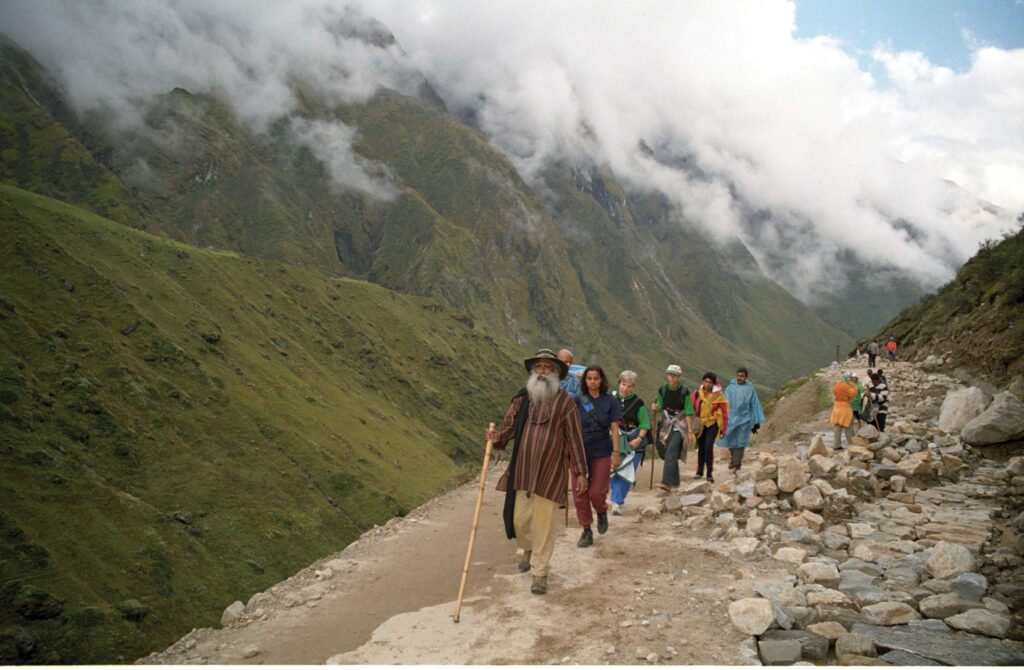PEOPLE travel for various reasons. Explorers have travelled to conquer or to know; vagabonds because they couldn’t stand home; and tourists because they need a break from work or family!
People go on tours, trek and climb mountains because they want to achieve something or enhance their life. But the purpose of a pilgrimage is to humble yourself. A pilgrimage is the process of allowing something else to overwhelm you.
Every year, in August, since the year 2005, we at Isha make a pilgrimage to Mount Kailash in the Tibetan Himalaya. For thousands of years, this pilgrimage has been made to this country because you cannot help but feel small in front of these mountains. And that is the purpose of a pilgrimage: to know that you are like a particle of dust in this universe.
It is also to celebrate that smallness. Human beings are a speck in this existence but still, if we are willing, we can contain the whole of this existence within ourselves. If a person does not realise how small he is, he will fail to include everything within himself. If he thinks he is big, he becomes small. If he knows that he is small, he becomes unlimited. That is the beauty of being human.

It is also the struggle of being human. In their effort to become big, human beings become small. A pilgrimage helps you realise that smallness. The more willingly you become small, the larger you become. Everybody wants to become boundless. Nothing wrong with that intention; it’s just that everyone is looking in the wrong direction! It takes much awareness to see that it is in dissolving yourself that you become boundless. To realise that, unfortunately, most people take a lifetime.
The Himalaya are the youngest mountain range on the planet very fresh, very fragile and in many ways the struggle of these mountains to grow is deeply symbolic of human life. The moment you step into the Himalayan foothills, a certain romance has begun between the youngest species on the planet you and the youngest mountain range on the planet.
Both are still struggling, still evolving, still longing to reach their peak. But reaching the peak doesn’t come easy for the Himalaya. Every day, in its effort to grow, it dismantles itself. There are innumerable landslides, avalanches and disturbances. All this seeming chaos is because the mountain range is making an effort to reach its ultimate height.

THE same is true of human life: when we strive to grow, earthquakes and landslides keep happening in our lives. The lives of those who are stagnant seem to be stable. It may look better, but it is lifeless. For those striving to grow, an enormous amount of upheaval happens. But it is worth the little bit of growth that could happen within a human being. So the struggles of the Himalaya and the struggles of human beings are very deeply connected.
Most people struggle to grow. It is not impossible to grow without struggle. But it takes enormous intelligence, or enormous trust. Otherwise, struggle is inevitable.
I am often asked: “How do we get the maximum benefit from a pilgrimage?” One simple way to be a pilgrim is to drop such calculations. “What is the takeaway?” You don’t have to get anything. Nothing needs to happen. This is not about becoming healthy or enlightened or reaching heaven. This is just wasting time. When you are not trying to be anything, not trying to get anywhere, you are simply being. It is this simple: if you drop this one calculation, 90 per cent of the work is over. Another 10 per cent will happen by itself.
The point of a Himalayan pilgrimage is to leave you as nothing. If you walk through this life thinking too much of yourself, you’re a vandal. If you take every step of your life in gratitude, if you see how small you are, you walk on this planet gently, like a pilgrim. This life could be your pilgrimage.
Sadhguru, a yogi, is a visionary, humanitarian and a prominent spiritual leader (www.ishafoundation.org)






























































